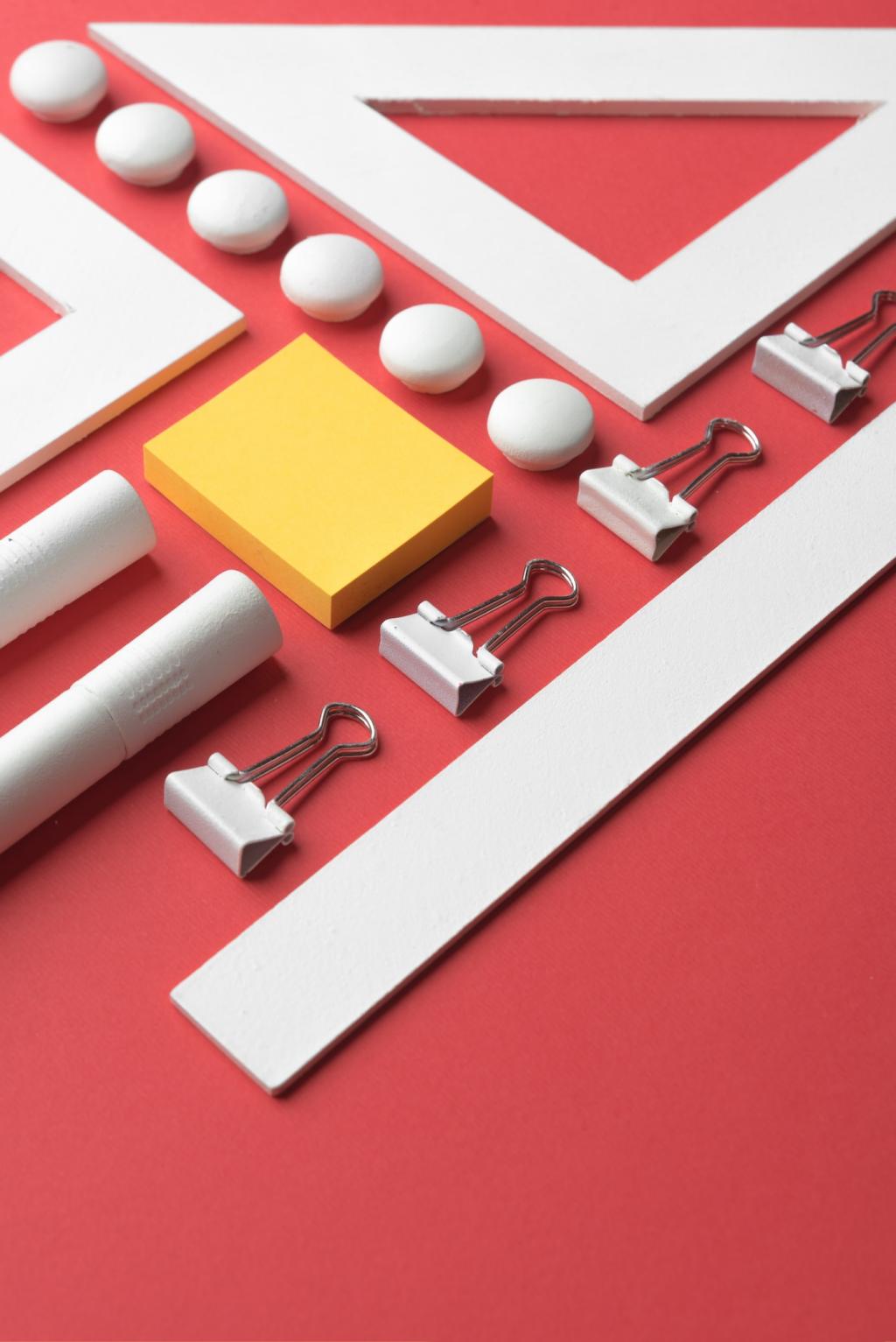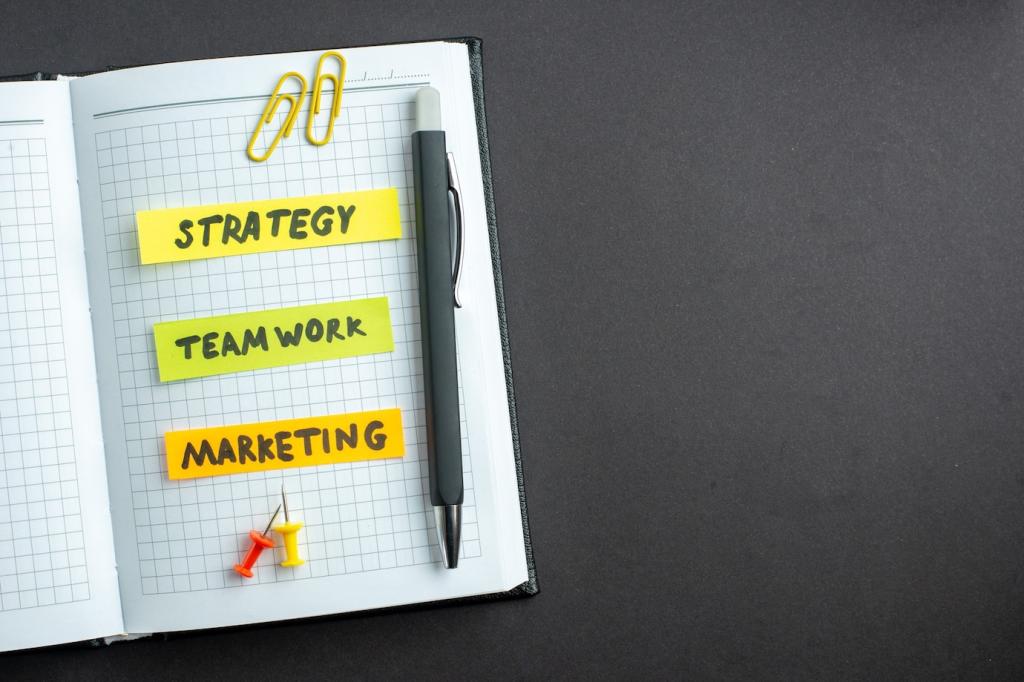
Developing a Unique Voice in Interior Design Copywriting
Chosen theme: Developing a Unique Voice in Interior Design Copywriting. Step into a creative practice where words feel like materials, rhythm mirrors spatial flow, and your message becomes as bespoke as a well-crafted room. Read, reflect, and share your thoughts—your voice is the most memorable element in your brand’s palette.
What a Unique Voice Really Means for Interior Design Copy
Distinctive voice begins with a moment that changed how you see spaces. I once wrote a studio tagline inspired by a site visit where we realized sunlight behaved like a material. That one line reoriented the brand’s voice—curious, sensory, and quietly confident. Share your turning point in the comments to begin shaping tone.


What a Unique Voice Really Means for Interior Design Copy
Write for the clients you want—urban minimalists, heritage restorers, boutique hoteliers, or growing families—each with different anxieties and aspirations. When you speak to their lived realities, your voice sharpens. Ask your audience questions here; we’ll build a voice map that mirrors their tastes and daily decisions.
Review ten local studio websites and highlight repeated clichés: timeless, bespoke, elevated. Document what’s missing—maybe humor, material specificity, or measurable outcomes. That gap is your playground. Post one cliché you’re dropping and one fresh angle you’re adopting so others can learn from your audit.

Storytelling Techniques for Spatial Experiences
Favor sensory details and directional verbs: light glances, concrete cools, linen hushes, circulation lifts toward the window. Describe the way a hand finds a fluted pull at dusk. Sensory writing creates unforgettable mental walkthroughs. Post one sensory sentence about your last project for quick peer review.


Website Pages that Carry One Voice
Give About, Services, and Portfolio a shared signature: one line of brand promise, one sensory phrase, one proof. Repeat structural cues—short openings, specific materials, human outcomes. Paste a sentence from each page in the comments, and we’ll help align them into a recognizable cadence.

Social, Email, and Press Kits
Craft caption formulas: one sensory detail, one benefit, one invitation. Write email subject lines using material verbs—Layered light for busy mornings. Keep a quote bank for press. Share a caption draft below; we’ll tune it for rhythm, clarity, and brand memory.

Case Studies Built for Skim and Depth
Structure each case: Brief, Constraint, Insight, Design Move, Outcome. Use callouts for materials and quantifiable improvements. Maintain consistent voice markers—certain verbs, present tense, gentle confidence. Post one case-study outline and we’ll suggest phrasing that strengthens your signature style.
Editing to Reveal the Voice
Ask three questions: Is this material-specific? Does it reflect our tone anchors? Could a competitor write this sentence? If yes, revise. Replace generic terms with tangible details and purposeful verbs. Paste one sentence you’re unsure about; we’ll run it through the filter together.


Editing to Reveal the Voice
Read copy aloud to catch rhythm and breath. Alternate sentence lengths like expanding and contracting spaces. Record, play back, and highlight where energy dips. Trim filler, tighten transitions, and re-energize verbs. Share one clunky line, and we’ll propose a smoother, more architectural cadence.
Ethics, Inclusivity, and Sustainability in Your Voice
01
Explain choices without patronizing or obscuring meaning. Translate jargon into lived benefits—acoustic panels become quieter dinners, biophilic gestures become calmer mornings. Respect budgets and constraints. Post a jargon-heavy sentence and we’ll help convert it into clear, generous language that still sounds expert.
02
Name materials and certifications accurately, avoid vague eco-phrases, and acknowledge trade-offs. If a finish balances durability with a higher footprint, say so and explain why. Honesty builds trust. Share one sustainability claim you’re unsure about; we’ll craft precise, verifiable wording together.
03
Write inclusively about circulation, tactile contrast, lighting levels, and wayfinding. Show how design choices welcome different bodies, ages, and neurotypes. Integrate accessibility into the main narrative, not the appendix. Offer one project example; we’ll help you express its inclusive intent with respect and clarity.
Join our mailing list
